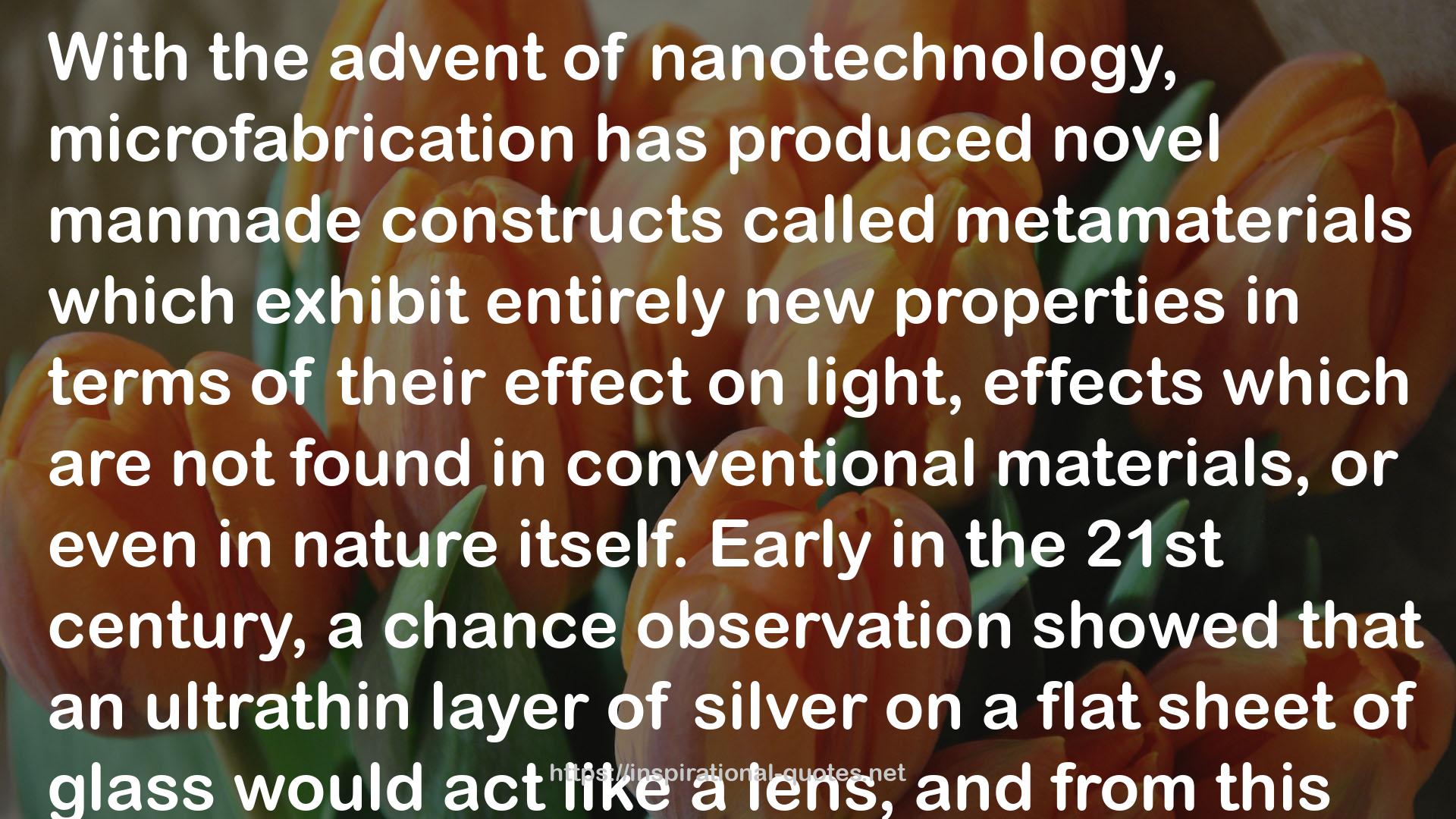Microscopy: A Very Short Introduction QUOTES
SOME WORKS
- The First Crusade and the Idea of Crusading
- The Crusades Through Arab Eyes
- Lion's Bride (Lion's Bride, #1)
- And Then All Hell Broke Loose: Two Decades in the Middle East
- From War to Peace: A Guide to the Next Hundred Years
- The Crusades: The Authoritative History of the War for the Holy Land
- Coming of Age in Samoa: A Psychological Study of Primitive Youth for Western Civilisation
- Dark Citadel (Masters of the Shadowlands, #2)
- Embrace the Darkness (Guardians of Eternity, #2)
- The Dying Animal

